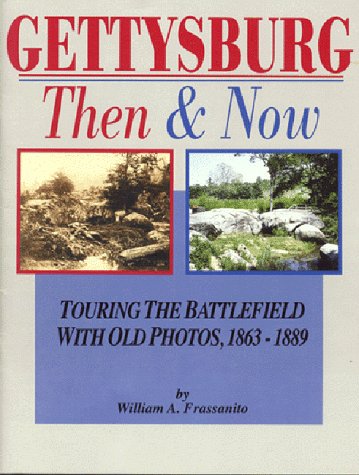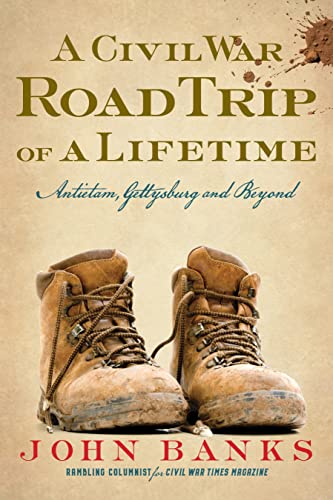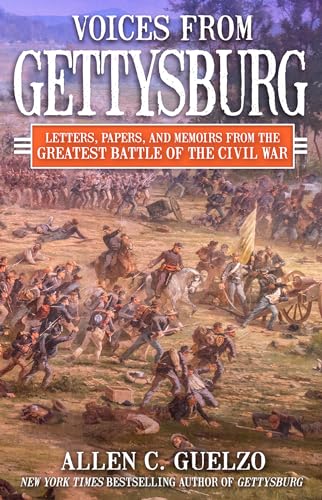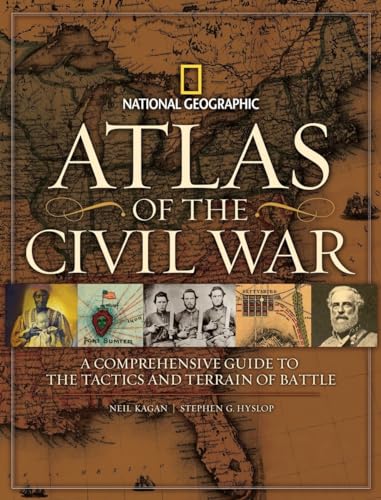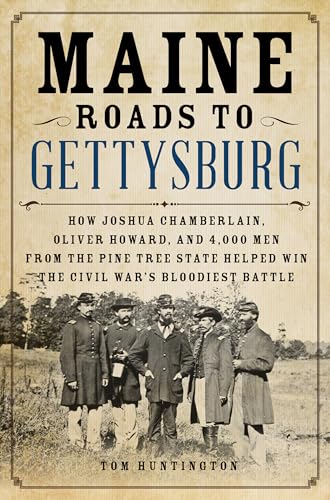
Author: Priest, John Michael
Price: $25.86
Category:Civil War Campaigns & Battlefields History
Publication Date:2024-06-30T00:00:01Z
Pages:448
Binding:Hardcover
ISBN:10:1611216893
ISBN:13:9781611216899
The fighting on the first day at Gettysburg on July 1, 1863, was unexpected, heavy, confusing, and in many ways, decisive. Much of it consisted of short and often separate simultaneous engagements or “firefights,” a term soldiers often use to describe close, vicious, and bloody combat. Several books have studied this important inaugural day of Gettysburg, but none have done so from the perspective of the rank and file of both armies. John Michael Priest’s “Strong Men of the Regiment Sobbed Like Children” John Reynolds’ I Corps at Gettysburg on July 1, 1863 rectifies this oversight in splendid style. When dawn broke on July 1, no one on either side could have conceived what was about to take place. Anticipating a fight and with a keen appreciation for terrain, Brig. Gen. John Buford deployed his Union cavalry in a giant arc north and west of Gettysburg to slow down any Confederate advance until Maj. Gen. John Reynolds could bring up his infantry. By the time the foot soldiers of the I Corps arrived, A. P. Hill’s heavy Confederate formations had pushed back the troopers from the west. Richard Ewell’s troops would soon arrive from the north, threatening the town and its key road network. Reynolds, who would die early in the fighting, poured his troops in as they arrived. The road system and undulating ground broke up command control, and the various ridges, tall ground cover, and powder smoke made target recognition difficult. Brigades and regiments often engaged on their own initiatives without the direction of a division or corps commander. The men of both armies fought with determination born of desperation, valor, and fear. By the time the fighting ended, the I Corps was in shambles and in pell-mell retreat for Cemetery Hill. Its bold stand, together with the XI Corps north of town, bought precious hours for the rest of the Army of the Potomac to arrive and occupy good defensive ground. Priest, who Edwin Bearss hailed as “the Ernie Pyle of the Civil War,” spent a decade researching this study and walking the ground to immerse readers into the uncertain world of the rank-and-file experience. He consulted more than 300 primary sources, including letters, diaries, memoirs, newspaper accounts, recollections, casualty lists, and drill manuals to present the battle from the ground up. Nineteen detailed regimental-level maps illustrate the ebb and flow of the battle. The result is a fast-paced narrative sure to please the most demanding students of the Civil War. The footnotes alone are worth the price of admission. Readers will close the book with a full understanding of why a veteran New Yorker spoke for the survivors of both armies when he wrote, “Strong men of the regiment sobbed like children.”

